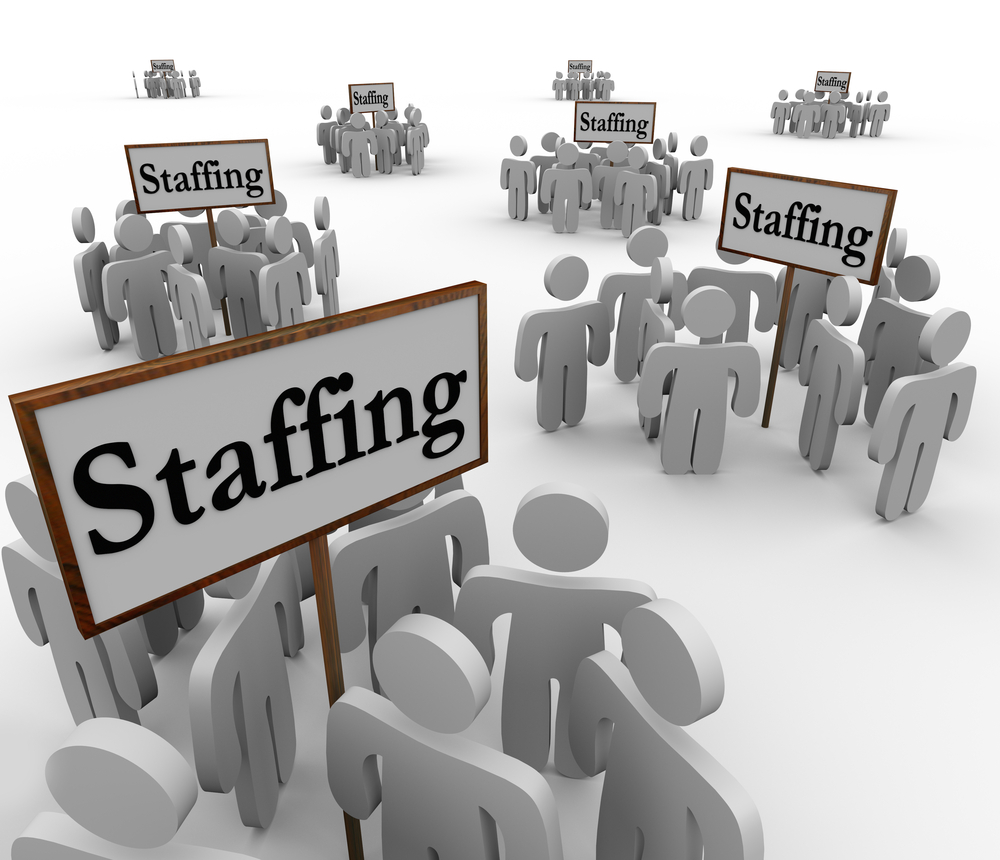When businesses need to hire talent, two terms often come up—staffing and recruitment. While they sound similar, they serve different purposes in workforce management. Understanding the difference between staffing and recruitment can help organizations choose the right approach to fill roles effectively and meet their business goals.
In this post, we’ll break down what each term means, their key differences, when to use one over the other, and the unique benefits they bring.
What Is Recruitment?
Recruitment is the process of identifying, attracting, and hiring candidates for long-term or permanent positions within an organization. It typically follows a structured process that includes:
- Posting job openings.
- Sourcing potential candidates.
- Reviewing resumes and applications.
- Conducting interviews and assessments.
- Selecting and onboarding the right hire.
Recruitment focuses on building a stable workforce. Companies rely on recruitment when they want employees who will grow with the organization, align with its culture, and contribute to long-term success.
What Is Staffing?
Staffing, on the other hand, refers to fulfilling short-term or temporary hiring needs. Instead of focusing on long-term growth, staffing ensures that immediate workforce gaps are covered. The staffing process often includes:
- Placing temporary employees for seasonal demand.
- Assigning contract workers for project-based work.
- Providing part-time or flexible workforce solutions.
Staffing agencies specialize in quickly connecting businesses with talent, often within days. This makes staffing a go-to solution when companies need speed, flexibility, and specialized skills for a limited time.

Key Differences Between Staffing and Recruitment
Though both involve bringing people into an organization, they are not the same. Here are the core distinctions:
| Aspect | Recruitment | Staffing |
| Employment Type | Permanent, full-time | Temporary, seasonal, or contract |
| Duration | Long-term workforce planning | Short-term or project-based needs |
| Focus | Organizational growth & culture fit | Immediate gaps & flexibility |
| Hiring Timeline | Weeks to months | Days to weeks |
| Cost Structure | Higher upfront but long-term investment | Lower upfront, pay-as-you-go |
The difference between staffing and recruitment comes down to strategy: recruitment builds the future workforce, while staffing fills the gaps of today.
When Should a Company Use Recruitment?
Recruitment is the right choice when a business needs full-time employees who will stay with the company over the long term. It becomes especially valuable when building leadership roles or specialized positions that shape the direction of the organization. Understanding the difference between staffing and recruitment helps businesses recognize that recruitment focuses on long-term hires and strategic workforce development.
Companies also turn to recruitment when they want to invest in training and professional development, ensuring lasting results and growth. Ultimately, recruitment helps create a loyal, culture-aligned team that supports strategic goals. For example, a growing tech firm hiring software engineers for ongoing product development would rely on recruitment to secure long-term talent,which highlights the practical implications of the difference between staffing and recruitment.
When Should a Company Use Staffing?
Staffing works best in situations where demand is seasonal, such as retail businesses during the holidays or healthcare facilities during flu season. It also provides a solution for covering employee absences, including maternity leave or unexpected turnover. By understanding the difference between staffing and recruitment, companies can see that staffing is ideal for short-term needs and project-based roles, providing flexibility that recruitment alone cannot.
In addition, staffing is ideal for businesses that want to manage costs without offering full-time salaries and benefits. For instance, a logistics company dealing with a sudden surge in shipping volume may use staffing services to quickly place temporary warehouse workers.
Benefits of Recruitment for Businesses
Recruitment offers a range of long-term advantages that directly contribute to organizational stability and growth. By focusing on permanent hires, companies gain employees who are committed to their roles and more likely to develop within the organization over time. Long-term recruitment also improves retention, as employees who see a clear career path within a business are more inclined to stay and advance internally rather than seek opportunities elsewhere.
Another benefit is culture fit. Effective recruitment ensures that new hires align with the company’s values and long-term vision, which strengthens team cohesion and overall productivity. Beyond that, permanent employees can be continuously trained and upskilled, creating a workforce that adapts to evolving business needs. In this way, recruitment is not just about filling a vacancy—it is an investment in people who will help the company achieve strategic business goals.

Benefits of Staffing for Businesses
Staffing offers unique advantages that show the difference between staffing and recruitment. Unlike recruitment, staffing provides flexibility, allowing businesses to quickly scale their workforce for short-term or project-based needs. It also saves costs since there are no long-term salary or benefits commitments, and it gives access to specialized talent when needed.
Staffing reduces risk as well, with faster replacements if a hire doesn’t work out, giving companies the agility to handle unpredictable demand. This makes staffing an essential strategy for businesses that need to stay agile and responsive in a rapidly changing market.
Conclusion
While recruitment and staffing are closely related, they serve different business needs. Recruitment builds a long-term workforce, while staffing offers short-term flexibility.
Understanding the difference between staffing and recruitment helps organizations know when to invest in permanent hires and when to leverage temporary talent. In reality, most companies benefit from using both strategies together—recruitment for growth and staffing for agility.
At CLICKSOURCE Pro, we help businesses navigate both recruitment and staffing solutions to find the right balance. Whether you need to fill permanent roles or handle temporary workforce demands, our team ensures you always have the right people at the right time.
